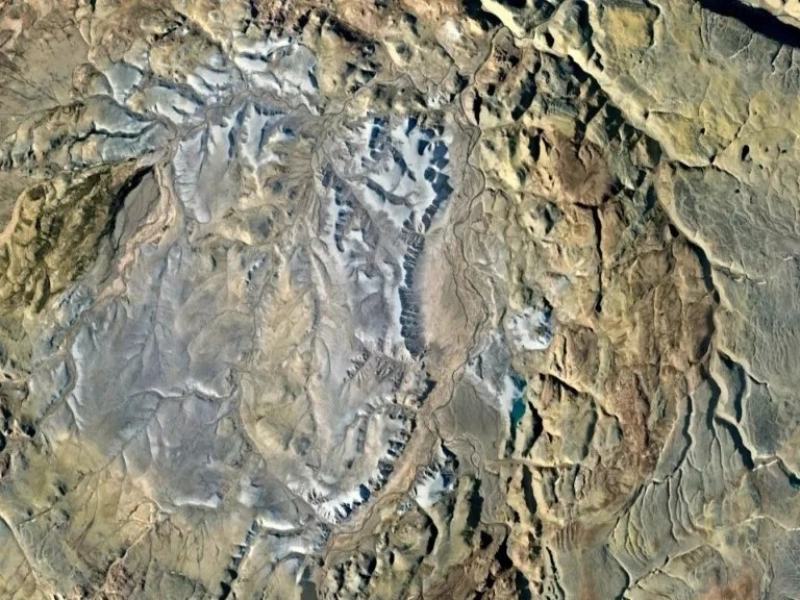These 10 Massive Craters Show How Close We've Come!
Advertisement
9. Haughton Crater (Canada)

Advertisement
One of the most well-preserved and much investigated impact sites on Earth, the Haughton Crater is found on Devon Island in the Canadian Arctic Archipelago. Created during the Miocene era some 23 million years ago, this very young crater offers researchers a unique chance to examine the consequences of impact events in an unspoiled Arctic setting.
Made by the impact of an asteroid or comet thought to be roughly 1-2 kilometres (0.6-1.2 miles), the Haughton Crater has a diameter of about 23 kilometres (14 miles). The impact happened in a target area made of sedimentary rocks overlaying older crystalline basement rocks, producing a complex crater structure that has been astonishingly well-preserved in part because of the cold, dry Arctic climate.
A major feature of the Haughton Crater is its function as an analogue for Martian settings. The geology, temperature, and isolation of the crater make it a perfect site for investigating potentially Martian processes. Consequently, the site has seen the Haughton-Mars effort, an international multidisciplinary field research effort, carried out since 1997. Simulations of Mars exploration missions, space technology testing, and research of how life can adapt to hostile conditions comparable to those on Mars comprise this endeavour.
The Haughton Crater's geology offers priceless understanding of impact mechanisms. Among the several shock metamorphic processes the crater shows are breccia, impact melt rocks, and shatter cones. These characteristics let researchers examine the extreme conditions produced by hypervelocity impacts and how they influence various kinds of rocks. Though damaged, the central uplift of the crater still shows traces of the intricate deformation mechanisms involved in the creation of big impact structures.
From an ecological standpoint, the Haughton Crater also intrigues me. The impact event produced a distinctive ecology inside the crater, including a network of hydrothermal systems maybe thousands of years old after the collision. These hydrothermal systems could have given extremophile species homes, so the crater is a significant site for research on how life might live in hostile, impact-generated conditions on Earth and maybe on other worlds.
The Arctic position of the crater makes it also a significant site for research on climate change consequences. The permafrost in and around the crater is thawing as global temperatures rise, therefore releasing perhaps ancient microbial life forms and organic materials frozen for millions of years. This process presents a special chance to investigate how ecosystems react to fast climatic changes and can shed light on such processes that might take place on Mars should the polar ice caps melt.
Developing and testing tools for planetary exploration has also been much aided by the Haughton Crater. Its hostile surroundings and far-off position make it the perfect proving ground for tools and techniques perhaps applied on next Mars expeditions. In the demanding circumstances of the crater, researchers have tested rover designs, space suits, drilling tools, and many scientific instruments.
The Haughton Crater is still a hive of scientific activity today during the brief Arctic summer. Scientists from geology, astrobiology, climatology, and space technology among other disciplines come together at the site to do field testing and investigations. Beyond only pure science, the significance of the crater relates to space exploration plans since the knowledge gained from Haughton directly shapes tactics for further trips to Mars and other planetary bodies.
A monument to the force of cosmic collisions and their capacity to sculpt planetary surfaces, the Haughton Crater Its research not only clarifies impact mechanisms on Earth but also offers vital new perspectives on the possibility for life and the difficulties of exploration on other worlds. This amazing Arctic impact structure will surely keep producing important scientific findings and helping space exploration to progress as long as study is under way.
Advertisement
You May Like

